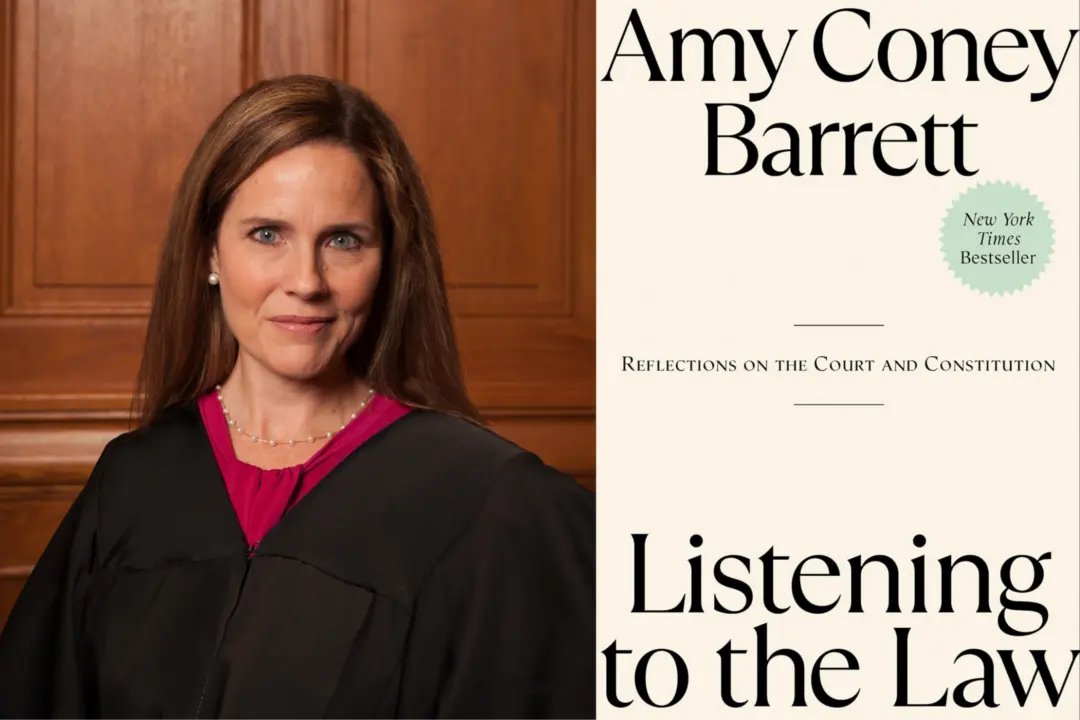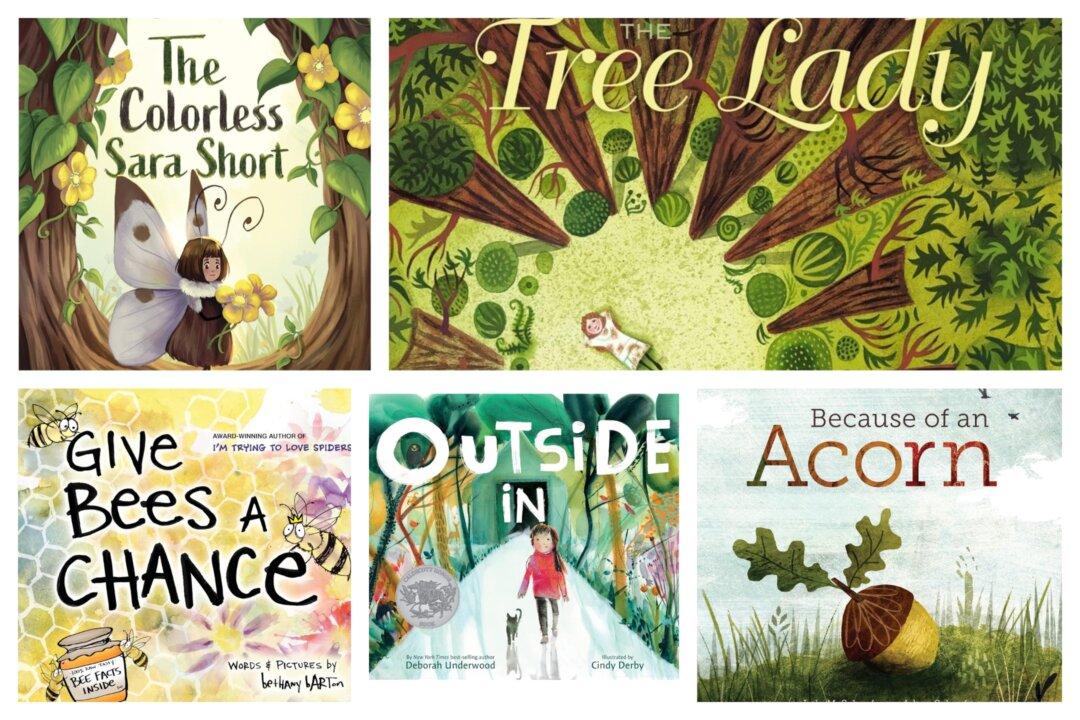After the Maui fires of 2023, officials blamed climate change. Were they looking to deflect responsibility from themselves and their poor decisions? Is climate change real? Climate scientist Judith A. Curry’s new book “Climate Uncertainty and Risk: Rethinking Our Response” reports that while climate change is happening, it’s not the apocalyptic threat we’ve been told it is.
As readers will find, Ms. Curry has staked out a position as a centrist in the climate debate. She strives to be an objective writer with over 1,500 footnoted references supporting her analysis. Her book is technical in places but succeeds in forcing us to reconsider what many view as established fact. It was such a joy to read this factual, well-reasoned book.





